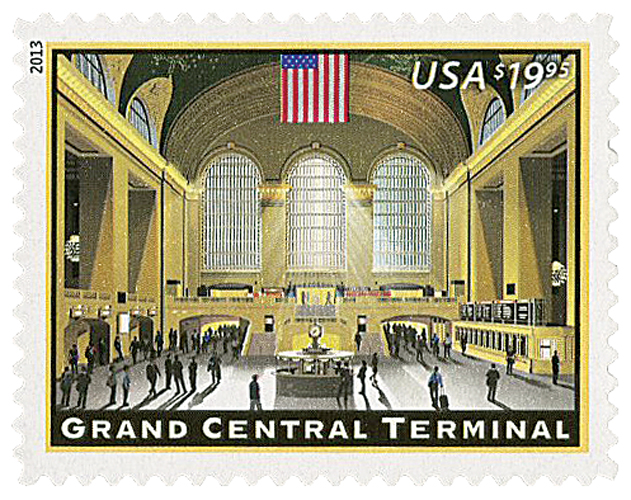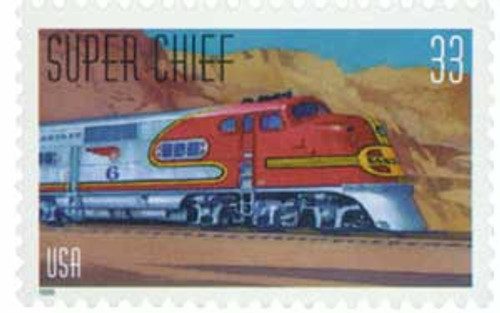
# 3335 - 1999 33c All Aboard!: 20th Century Limited
33¢ 20th Century Limited
City: Cleveland, OH and Union, IL
Quantity: 6,000,000 panes of 20
Printed By: Ashton-Potter (USA) Ltd
Printing Method: Lithographed
Perforations: 11
Color: Multicolored
Opening Of Grand Central Terminal
Cornelius Vanderbilt funded the first Grand Central, known as Grand Central Depot. He bought the New York Central Railroad in 1867 and opened the new depot there in 1871. Grand Central then became a major hub for the railroad lines coming into Manhattan.
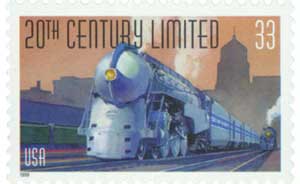
Eventually the railroads outgrew the depot so it was demolished in 1899 to make way for the six-story Grand Central Station. Meanwhile, in 1902, there was a terrible crash that killed 15 people. It turned out steam-produced clouds had blinded one of the drivers, causing the crash. New Yorkers were already complaining about the soot and smog caused by the steam engines, so Vanderbilt announced that the station would run on electricity instead of steam. The station and tracks were also built underground, opening up valuable real estate for businesses on the streets above.
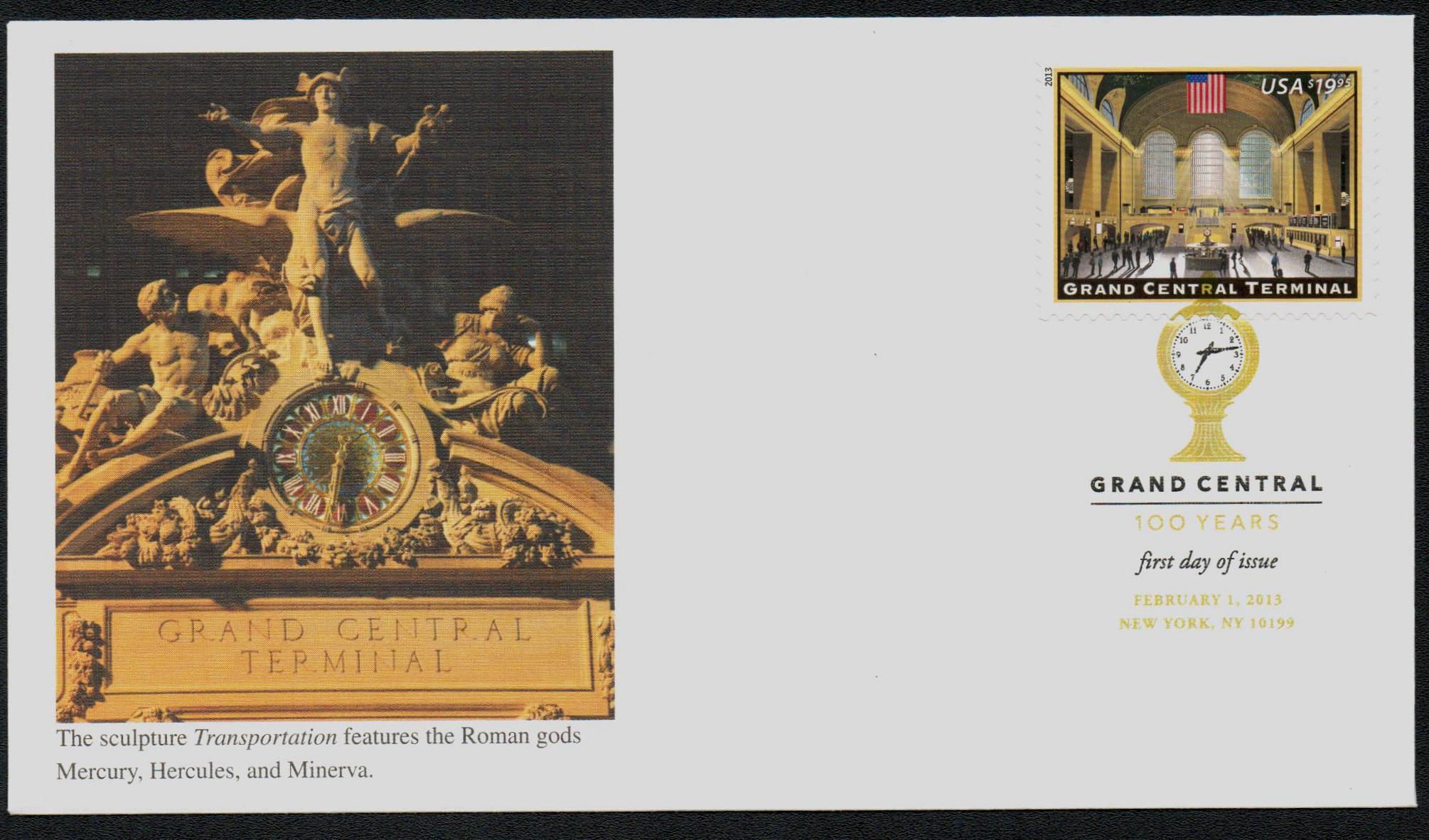
The construction of the new Grand Central was the largest such project in New York City up to that time. The new station comprised 70 acres with 32 miles of track that connected to another 46 tracks and 30 passenger platforms. Grand Central would be almost twice as large as its rival, the recently opened Pennsylvania Station.
More than a train station, Grand Central was a monument to the power of the railroad and a reflection of the classical Beaux-Arts style of the time. French artist Paul César Helleu created an astronomical Grand Central mural above the Main Concourse. The constellations were painted in gold leaf on the rich blue-green sky. Electricity, still a novelty, powered 2,500 light bulb “stars.” There were also hundreds of chandeliers with over 4,000 light bulbs. And Grand Central was innovative in its use of ramps instead of stairs, making it easier for long distance travellers with luggage. The new station also had a feature called a “kissing gallery.” These were separated areas where commuters and their visitors could meet up without blocking the flow of foot traffic.
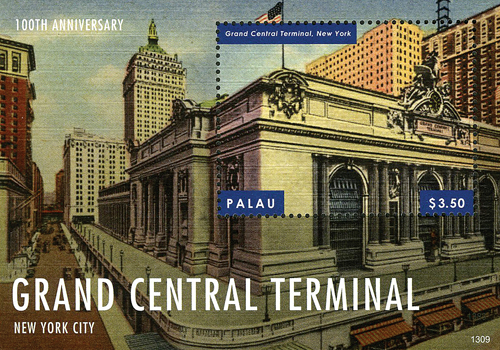
After about 10 years of construction, Grand Central Terminal was finally ready to open. On the evening of February 1, 1913, New York officials and anxious visitors attended a special ceremony to mark the opening of Grand Central Terminal. Then, 12:01 a.m. on February 2, the terminal officially began operations with the departure of the first train, the Boston Express No. 2. It was estimated that by the end of that first day over 150,000 people visited the terminal. The New York Times had called the previous Grand Central “a cruel disgrace.” But upon the opening of the new terminal claimed, “The Grand Central Terminal is not only a station, it is a monument, a civic center, or, if one will, a city. Without exception, it is not only the greatest station in the United States, but the greatest station, of any type, in the world.”
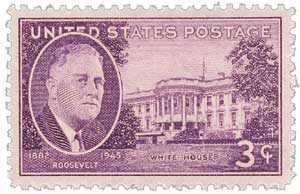
At the same time the main terminal was constructed, another section, known as Track 61, was built below. It was originally planned as a powerhouse and storage area for unused railroad cars. However, after he was elected president, Franklin Roosevelt used the secret tracks to travel privately to and from the Waldorf-Astoria hotel.
By the 1940s, nearly 40% of all people in the U.S. had traveled through Grand Central. The terminal had also seen millions of U.S. servicemen pass through as they went to and from the front. There was even a branch of the USO inside the station. The Nazis recognized the significance of the station and planned to attack it in 1942, but were caught before they could do any damage. Reportedly, the Nazi mission was to find the secret subbasement M42 that housed the terminal’s electrical rotary converters and shut it down. Even if they had reached M42, it was guarded by a platoon of armed soldiers.
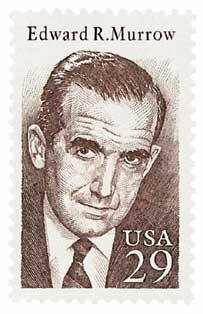
Grand Central has been the site of many other interesting events of the years. During World War II Judy Garland, Mickey Rooney, and other celebrities performed for the troops on the concourse while selling war bonds. In the 1950s Edward R. Murrow hosted See It Now in studios above the terminal. Also in the 1950s, the U.S. government placed a Redstone rocket in the terminal’s main concourse to show America’s military power after the Soviets launched the Sputnik satellite. Jackie Kennedy spoke out in the 1960s against a planned demolition of Grand Central. And Andy Warhol once reportedly held a party on Track 61.
Click here to see a special eight-page section about the terminal’s opening from the New York Times.
33¢ 20th Century Limited
City: Cleveland, OH and Union, IL
Quantity: 6,000,000 panes of 20
Printed By: Ashton-Potter (USA) Ltd
Printing Method: Lithographed
Perforations: 11
Color: Multicolored
Opening Of Grand Central Terminal
Cornelius Vanderbilt funded the first Grand Central, known as Grand Central Depot. He bought the New York Central Railroad in 1867 and opened the new depot there in 1871. Grand Central then became a major hub for the railroad lines coming into Manhattan.

Eventually the railroads outgrew the depot so it was demolished in 1899 to make way for the six-story Grand Central Station. Meanwhile, in 1902, there was a terrible crash that killed 15 people. It turned out steam-produced clouds had blinded one of the drivers, causing the crash. New Yorkers were already complaining about the soot and smog caused by the steam engines, so Vanderbilt announced that the station would run on electricity instead of steam. The station and tracks were also built underground, opening up valuable real estate for businesses on the streets above.

The construction of the new Grand Central was the largest such project in New York City up to that time. The new station comprised 70 acres with 32 miles of track that connected to another 46 tracks and 30 passenger platforms. Grand Central would be almost twice as large as its rival, the recently opened Pennsylvania Station.
More than a train station, Grand Central was a monument to the power of the railroad and a reflection of the classical Beaux-Arts style of the time. French artist Paul César Helleu created an astronomical Grand Central mural above the Main Concourse. The constellations were painted in gold leaf on the rich blue-green sky. Electricity, still a novelty, powered 2,500 light bulb “stars.” There were also hundreds of chandeliers with over 4,000 light bulbs. And Grand Central was innovative in its use of ramps instead of stairs, making it easier for long distance travellers with luggage. The new station also had a feature called a “kissing gallery.” These were separated areas where commuters and their visitors could meet up without blocking the flow of foot traffic.

After about 10 years of construction, Grand Central Terminal was finally ready to open. On the evening of February 1, 1913, New York officials and anxious visitors attended a special ceremony to mark the opening of Grand Central Terminal. Then, 12:01 a.m. on February 2, the terminal officially began operations with the departure of the first train, the Boston Express No. 2. It was estimated that by the end of that first day over 150,000 people visited the terminal. The New York Times had called the previous Grand Central “a cruel disgrace.” But upon the opening of the new terminal claimed, “The Grand Central Terminal is not only a station, it is a monument, a civic center, or, if one will, a city. Without exception, it is not only the greatest station in the United States, but the greatest station, of any type, in the world.”

At the same time the main terminal was constructed, another section, known as Track 61, was built below. It was originally planned as a powerhouse and storage area for unused railroad cars. However, after he was elected president, Franklin Roosevelt used the secret tracks to travel privately to and from the Waldorf-Astoria hotel.
By the 1940s, nearly 40% of all people in the U.S. had traveled through Grand Central. The terminal had also seen millions of U.S. servicemen pass through as they went to and from the front. There was even a branch of the USO inside the station. The Nazis recognized the significance of the station and planned to attack it in 1942, but were caught before they could do any damage. Reportedly, the Nazi mission was to find the secret subbasement M42 that housed the terminal’s electrical rotary converters and shut it down. Even if they had reached M42, it was guarded by a platoon of armed soldiers.

Grand Central has been the site of many other interesting events of the years. During World War II Judy Garland, Mickey Rooney, and other celebrities performed for the troops on the concourse while selling war bonds. In the 1950s Edward R. Murrow hosted See It Now in studios above the terminal. Also in the 1950s, the U.S. government placed a Redstone rocket in the terminal’s main concourse to show America’s military power after the Soviets launched the Sputnik satellite. Jackie Kennedy spoke out in the 1960s against a planned demolition of Grand Central. And Andy Warhol once reportedly held a party on Track 61.
Click here to see a special eight-page section about the terminal’s opening from the New York Times.







